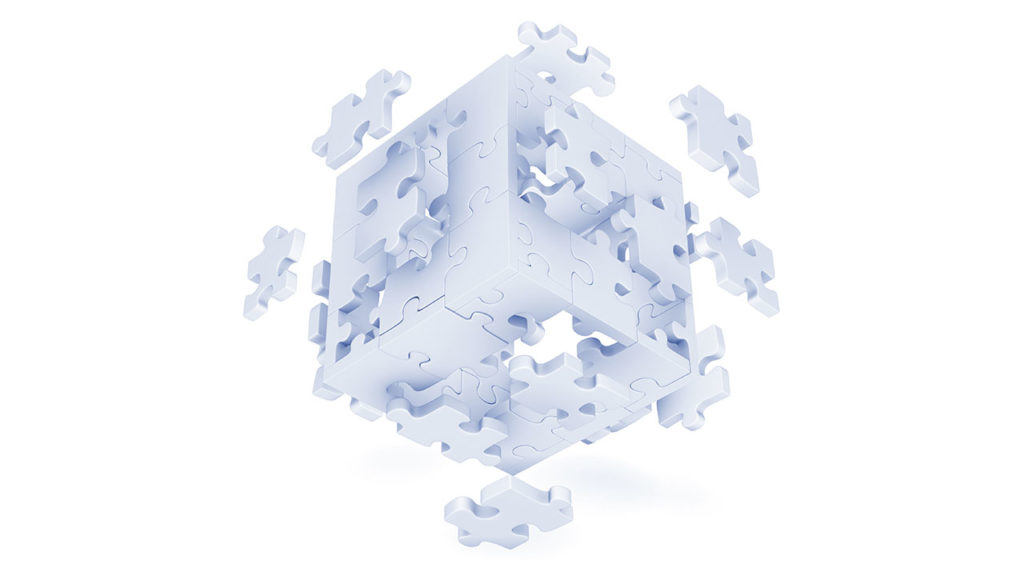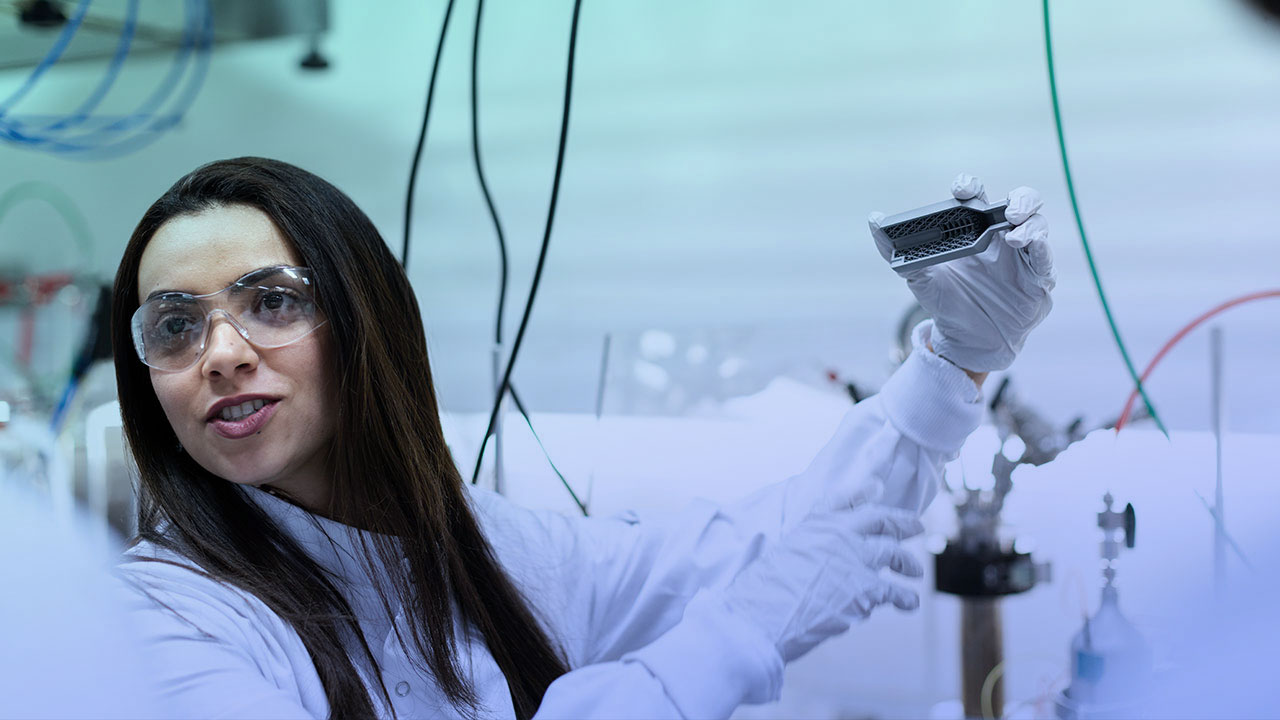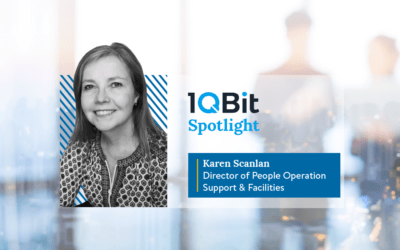However, it is unlikely that near-term quantum hardware will be able to simulate molecules that are sufficiently large and complex for industry applications. Therefore, reducing the size of these simulations is essential for advancing quantum computation in materials science and chemistry as a whole. Problem decomposition (PD) techniques have been developed for furthering this research.
Problem Decomposition

The Chemistry Involved
The complex electronic structure of each atom in a quantum system must be taken into account when solving quantum chemistry problems, which quickly becomes intractable with increasing molecular size. Therefore, the efficient simulation of large molecules on quantum devices based on PD techniques used in quantum chemistry has been a long-needed strategy for performing electronic structure calculations.
Electronic structure theory in quantum chemistry involves calculating quantum states of electrons, and the forces that exist between the electrons and the nucleus of each atom that make up a given molecule. The forces determine the energies, geometries, and the transitioning states between stable molecular structures. Performing electronic structure and nuclear dynamics calculations is a necessary step in studying the quantum motion of a system.

Currently among the most computationally challenging problems, electronic structure calculations require ever-more-powerful computers as problem size increases. Researchers are increasingly looking toward a promising type of near-term quantum hardware—noisy intermediate-scale quantum (NISQ) devices—to solve such problems. These devices are called “noisy” due to the instability of their qubits. Fully realized quantum computing hinges on the development of more robust qubits (see the Building Better Qubits article.) In the interim, PD methods performed using NISQ devices are prevalent in quantum chemistry. A new PD method well-suited for NISQ devices is discussed below.
A Novel 1QBit–Dow Framework: The Frozen Natural Orbital Based Method of Increments
A popular type of PD-based approach used in quantum chemistry is the method of increments (MI). The method of increments is based on the many-body expansion of the electron correlation energy in terms of occupied molecular orbitals. The MI approach is used to systematically reduce the occupied orbital space of the molecular system, allowing for easier simulation of the system.
A new framework has recently been proposed by 1QBit in collaboration with Dow that uses the frozen natural orbitals (FNO) algorithm to build on the MI approach.4 And, as with the MI approach, FNOs are also obtained using many-body perturbation theory. The FNO algorithm reduces the computing resources needed to perform chemistry simulations by truncating the virtual orbital space of a system. In this way, a new MI-FNO approach is constructed for the systematic reduction of both the occupied space and the virtual space in quantum chemistry simulations, allowing for the scaling up of electronic structure calculations.
The MI-FNO framework is independent and transferable, not tied to any particular method of obtaining electron correlation energy. For instance, correlation energy can be computed using any conventional quantum chemistry approach, such as coupled-cluster or full configuration interaction. Alternatively, quantum algorithms such as the variational quantum eigensolver or phase estimation could also be used. For a more detailed discussion on these different conventional and quantum methods, please see the 1QBit paper, “Scaling Up Electronic Structure Calculations on Quantum Computers: The Frozen Natural Orbital Based Method of Increments”.4
How Effective is the New Approach?

Using the small molecules BeH2, CH4, NH3, H2O, and HF as proof-of-concept examples, it has been demonstrated4 that MI-FNO is a framework for systematically reducing the qubit requirements needed for simulating quantum systems.
The efficacy of the framework has been investigated for larger molecules commonly used in realistic industrial applications using a qubit-count estimation on an industrially relevant, medium-sized catalyst molecule. Even by employing a modest truncation of the virtual space, the MI-FNO approach reduces the qubit requirement by a factor of almost one half.
Reducing the qubit requirement can facilitate hardware experiments based on smaller, yet more realistic, chemistry problems, assisting in the characterization of NISQ devices. Moreover, reducing the qubit requirement can help scale up the size of molecular systems that can be simulated in quantum chemistry applications. Doing so could greatly enhance real-world computational chemistry studies to accelerate materials innovation for large-scale industrial applications for a healthier and more sustainable future.
References
1 A. J. McCaskey, Z. P. Parks, J. Jakowski, et al., “Quantum chemistry as a benchmark for near-term quantum computers”, npj Quantum Inf 5, 99 (2019).
2 J. Olson, Y. Cao, J. Romero, P. Johnson, P-L. Dallaire-Demers, N.Sawaya, P. Narang, I. Kivlichan, M. Wasielewski, and A. Aspuru-Guzik, “Quantum Information and Computation for Chemistry”, arXiv:1706.05413 (2016).
3 T. Yamazaki, S. Matsuura, A. Narimani, A. Saidmuradov, and A. Zaribafiyan, “Towards the Practical Application of Near-Term Quantum Computers in Quantum Chemistry Simulations: A Problem Decomposition Approach”, arXiv:1806.01305 (2018).
4 P. Verma, L. Huntington, M. Coons, Y. Kawashima, T. Yamazaki, and A. Zaribafiyan, “Scaling Up Electronic Structure Calculations on Quantum Computers: The Frozen Natural Orbital Based Method of Increments”, arXiv:2002.07901 (2020).




